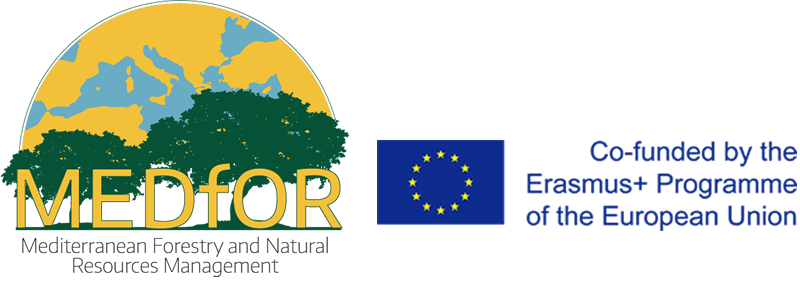Spatial and Temporal Analysis of Landscape Fragmentation in Cork Oak Woodlands: Are there differences between certified and non-certified areas?
Xuanhui Zhou 2020. Spatial and Temporal Analysis of Landscape Fragmentation in Cork Oak Woodlands: Are there differences between certified and non-certified areas? Master Thesis. The University of Lisbon - School of Agriculture.
Supervisor: Miguel Nuno do Sacramento Monteiro Bugalho
Abstract
Cork oak (Quercus suber) is an endemic species to the western Mediterranean Basin. Cork oak woodlands have high economic value mainly due to cork production. Additional sources of revenue may come from other products (e.g. livestock production) as well as through payment for ecosystem services (PES). Sustainable forest management plan in cork oak woodlands should also consider ecosystem services. All these services imply large areas of cork oak woodlands and high forest coverage in cork oak woodlands landscape. Deforestation and forest degradation are barriers to achieve sustainable and multiple-use on cork oak woodlands landscapes (montados). Since 2000s, forest certification, a governance tool aiming to promote sustainable forest management, has been expanding in cork oak woodlands. In this study, I analyze the changes of fragmentation and forest cover loss on cork oak woodlands landscape, in coruche, Portugal, where the entire region had been covered by APFC forest certification from 2005 to 2015. More specifically, I compare and quantify changes in cork oak woodlands landscape within the period, by using four landscape metrics in FRAGSTATS 4.0, including percentage of landscape (PLAND), Edge density (ED), mean of perimeter area ratio (PARA_MN), and contiguity index (CONTIG_MN). Moreover, I compare the difference of these changes between certificated and non-certificated landscapes in the study area. My results show that the mean values of four landscape metrics are different, but based on the p-values of Mann–Whitney U test, the overall forest loss condition and fragmentation status, from 2005 to 2015, in certificated and non-certificated cork oak woodlands landscape are not significantly different. From 2013 to 2015, the area of forest loss in certificated cork oak woodlands shows continued sharp-decline trend, while in non-certificated cork oak woodlands it shows diametrically opposite steady-growing trend. This study can guide future researches on cork oak woodlands landscape and forest fragmentation.



